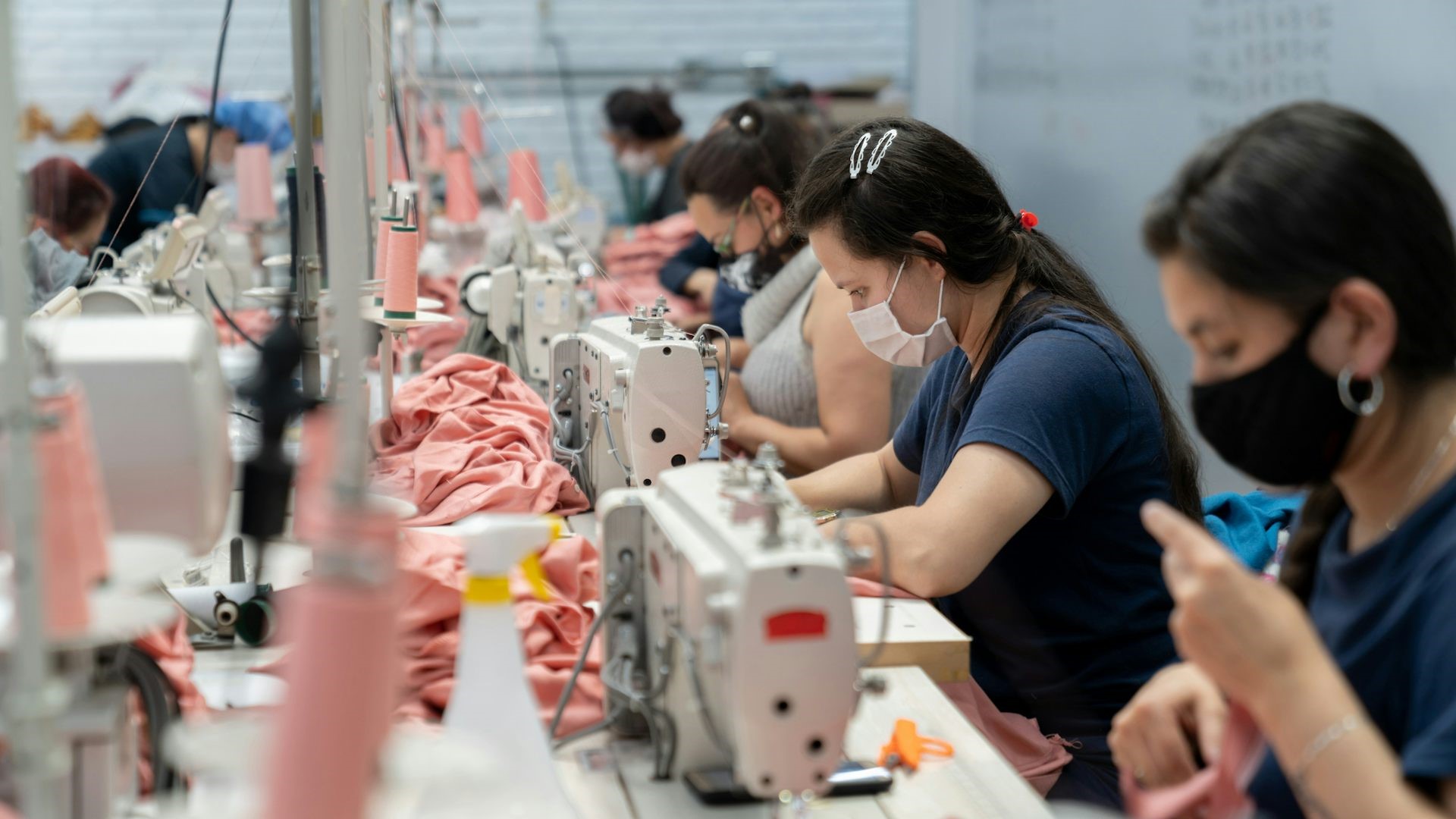Land, Vol. 13, Pages 287: Soil Substrate Characteristics for Planting Hole Greening Technology for High, Steep, Rocky Slope Vegetation in Semi-Arid Areas
Land doi: 10.3390/land13030287
Authors: Xiaodong Chen Tongqian Zhao Xiaojun Nie Xiaoming Guo Pengbo Li
Soil substrate plays a central role in the vegetation restoration of high and steep slopes, especially in semi-arid regions. This study aims to develop an optimal soil substrate that can provide a favorable environment for the vegetation growth of the high and steep rocky slopes in semi-arid areas. Within the framework of planting hole greening technology, we developed a synthetic substrate comprising base soil, peat, water-retaining and agglomerating agents, biochar, and controlled-release compound fertilizer. We conducted pot experiments to assess the impact of compound additions on soil properties and Parthenocissus himalayana growth. Field tests on exposed, high, and steep rocky slopes in a semi-arid region validated the optimal ratio of substrate components. The results showed that the base soil-to-peat ratio significantly influenced soil density, moisture, pH, organic matter, nitrogen content, and vegetation growth (Ps < 0.05). The controlled-release compound fertilizer significantly affected soil electrical conductivity and alkali-hydrolyzable nitrogen content (Ps < 0.05). Meanwhile, the water-retaining agent, biochar, and agglomerating agent had inconsequential effects on soil characteristics and plant growth. The optimal substrate composition included a 7:3 ratio of base soil to peat, 1.5 g/L of water retainer, 10 mg/L of agglomerating agent, 5 g/L of biochar, and 5 g/L of controlled-release compound fertilizer. The field verification showed that the developed optimal substrate possessed desirable pore structure, moisture, and nutrients, resulting in excellent growth of Parthenocissus himalayana. This optimal soil substrate could be suitable for establishing vegetation on high, steep, rocky slopes in semi-arid areas using planting hole greening technology.

 2 months ago
26
2 months ago
26

